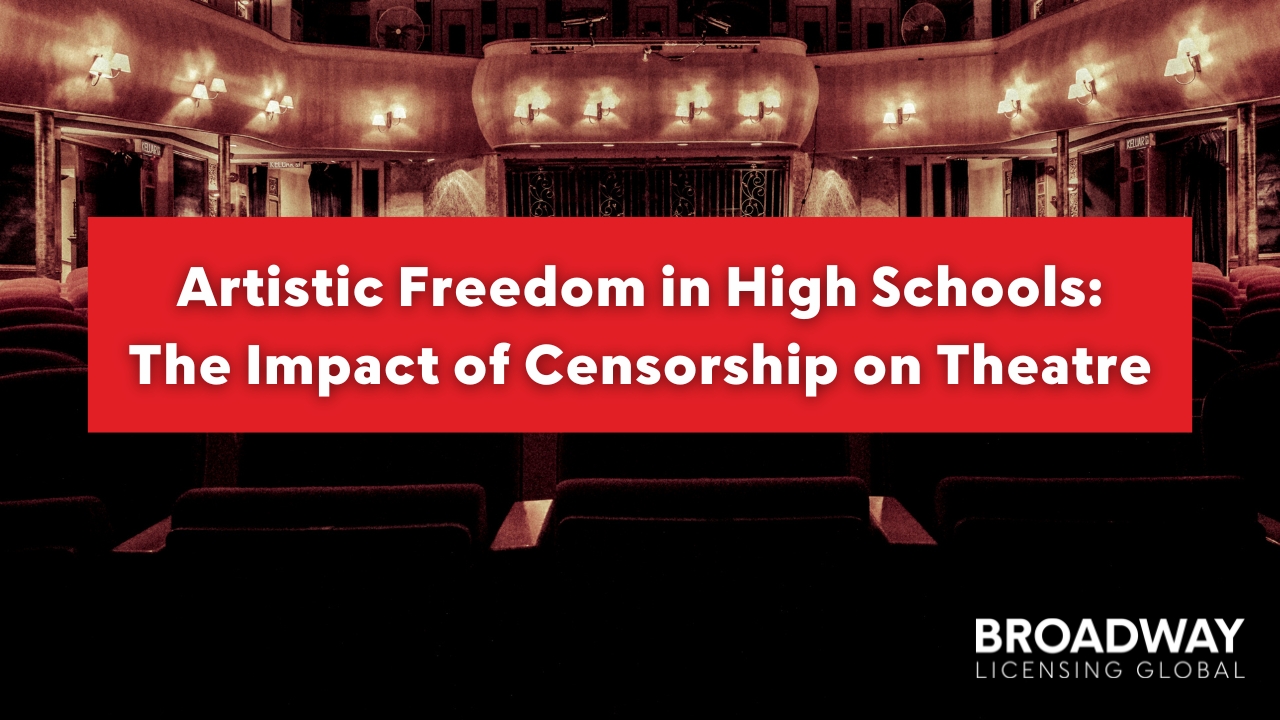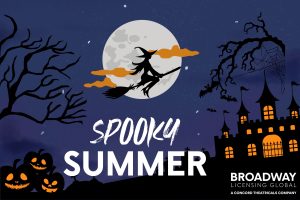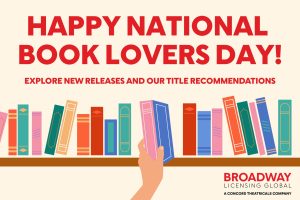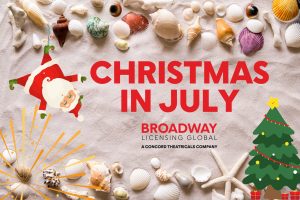Exploring the intricate world of censorship in arts education includes a complex interplay of stakeholders and societal expectations. Beyond the stage, it delves into the heart of creative expression and cultural exploration within American high schools.
Picture this: high school arts educators, driven by a passion to nurture creativity and self-expression, find themselves navigating a labyrinth of regulations and external pressures. From school boards to administrators and parents, there’s a chorus of voices weighing in on what’s deemed appropriate for the classroom. Suddenly, that avant-garde play or provocative art piece becomes subject to scrutiny, deemed too controversial for young minds.
In February, Keller High School in Texas canceled a production of The Laramie Project—a play about the murder of a gay student in Wyoming. The school board broke the news in an email without explanation, which prompted community members to create an online petition.
“This play is a poignant depiction of queer history,” the petition says. “By banning this play, we are not only suppressing an important piece of history but also denying our students a chance to understand and empathize with the struggles faced by the LGBTQ+ community.” Just a week after the cancellation, plans for the production were reinstated.
But it’s not merely the directives of educational authorities at play. External organizations, parental concerns, and political policies also exert influence, sometimes advocating for a sanitized approach to arts education that steers clear of anything deemed contentious. However, at its core, art serves as a catalyst for dialogue, challenging norms, and expanding horizons. When subjected to censorship, the richness and depth of artistic exploration are compromised.
Consider the repercussions: students miss out on exposure to diverse perspectives, the opportunity to engage with complex themes, and the freedom to develop their artistic voice authentically. Stifling artistic freedom in schools presents a threat to the cultivation of future generations of artists. Without the ability to experiment, take risks, and express one’s self boldly, the vibrant tapestry of artistic innovation dwindles, leaving behind a bland tableau of conformity.
So, what’s the verdict on censorship in arts education? It’s a nuanced dilemma, balancing concerns for appropriateness with the imperative of fostering creativity, critical thinking, and cultural exploration. To overlook the importance of artistic expression is to deny students the opportunity to grapple with the complexities of the human experience. At Broadway Licensing Global, we continue to champion the cause of artistic freedom, ensuring that the canvas remains unbridled and the stage open to all possibilities.
How You Can Stand Up Against Censorship & Banning:
The Dramatists Guild Legal Defense Fund’s contact form
The National Coalition Against Censorship’s reporting form
Resource Guides from DG, the NCAC and No Book Bans
AATE: No Book Bans Statement





